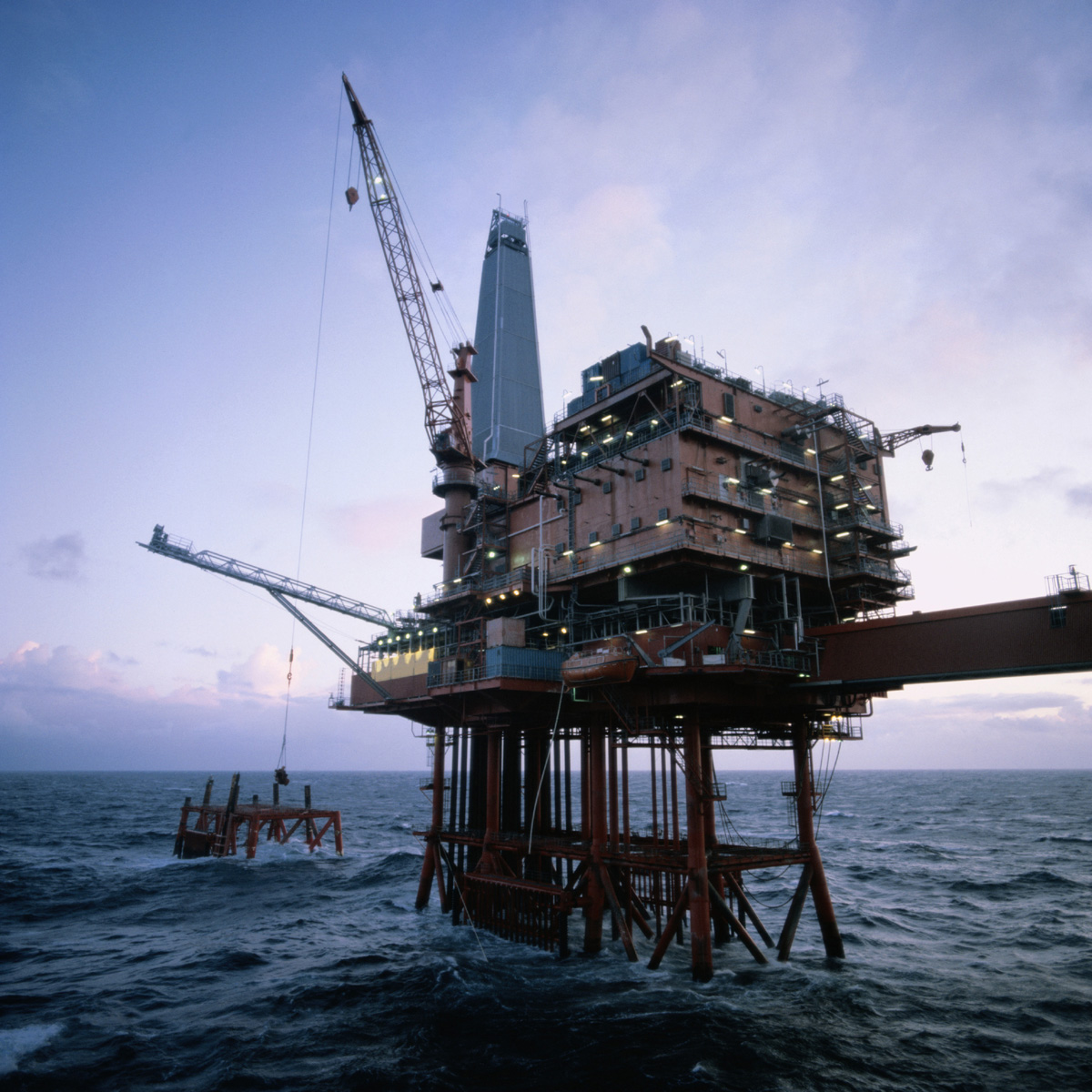The first modern oil refineries were built by Ignacy Łukasiewicz near Jasło (then in the dependent Kingdom of Galicia and Lodomeriain Central European Galicia), Poland from 1854–56. These were initially small as demand for refined fuel was limited. The refined products were used in artificial asphalt, machine oil and lubricants, in addition to Łukasiewicz's kerosene lamp. As kerosene lamps gained popularity, the refining industry grew in the area
Imperial Russia produced 3,500 tons of oil in 1825 and doubled its output by mid-century.[4] After oil drilling began in what is nowAzerbaijan in 1848, two large pipelines were built in the Russian Empire: the 833 km long pipeline to transport oil from the Caspian to the Black Sea port of Batumi (Baku-Batumi pipeline), completed in 1906, and the 162 km long pipeline to carry oil fromChechnya to the Caspian.
At the turn of the 20th century, Imperial Russia's output of oil, almost entirely from the Apsheron Peninsula, accounted for half of the world's production and dominated international markets.[5] Nearly 200 small refineries operated in the suburbs of Baku by 1884.[6]As a side effect of these early developments, the Apsheron Peninsula emerged as the world's "oldest legacy of oil pollution and environmental negligence.In 1878, Ludvig Nobel and his Branobel company "revolutionized oil transport" by commissioning the first oil tanker and launching it on the Caspian Sea.
The first commercial oil well in Canada became operational in 1858 at Oil Springs, Ontario (then Canada West). Businessman James Miller Williams dug several wells between 1855 and 1858 before discovering a rich reserve of oil four metres below ground.[10][11] Williams extracted 1.5 million litres of crude oil by 1860, refining much of it into kerosene lamp oil. Some historians challenge Canada’s claim to North America’s first oil field, arguing that Pennsylvania’s famous Drake well was the continent’s first. But there is evidence to support Williams, not least of which is that the Drake well did not come into production until August 28, 1859. The controversial point might be that Williams found oil above bedrock while Edwin Drake’s well located oil within a bedrock reservoir. The discovery at Oil Springs touched off an oil boom which brought hundreds of speculators and workers to the area. The first gusher erupted on January 16, 1862, when local oil man John Shaw struck oil at 158 feet (48 m). For a week the oil gushed unchecked at levels reported as high as 3,000 barrels per day.
The first modern oil drilling in the United States began in West Virginia and Pennsylvania in the 1850s. Edwin Drake's 1859 well near Titusville, Pennsylvania, is typically considered the first true modern oil well, and touched off a major boom. In the first quarter of the 20th century, the United States overtook Russia as the world's largest oil producer. By the 1920s, oil fields had been established in many countries including Canada, Poland, Sweden, Ukraine, the United States, Peru and Venezuela.
The first successful oil tanker, the Zoroaster, was built in 1878 in Sweden, designed by Ludvig Nobel. It operated from Baku to Astrakhan.A number of new tanker designs were developed in the 1880s.
In the early 1930s the Texas Company developed the first mobile steel barges for drilling in the brackish coastal areas of the Persian Gulf. In 1937 Pure Oil Company (now part ofChevron Corporation) and its partner Superior Oil Company (now part of ExxonMobil Corporation) used a fixed platform to develop a field in 14 feet (4.3 m) of water, one mile (1.6 km) offshore of Calcasieu Parish, Louisiana. In early 1947 Superior Oil erected a drilling/production oil platform in 20 ft (6.1 m) of water some 18 miles[vague] off Vermilion Parish, Louisiana. It was Kerr-McGee Oil Industries (now Anadarko Petroleum Corporation), as operator for partners Phillips Petroleum (ConocoPhillips) and Stanolind Oil & Gas(BP), that completed its historic Ship Shoal Block 32 well in October 1947, months before Superior actually drilled a discovery from their Vermilion platform farther offshore. In any case, that made Kerr-McGee's well the first oil discovery drilled out of sight of land.[16][17]
After World War II ended, the countries of the Middle East took the lead in oil production from the United States. Important developments since World War II include deep-water drilling, the introduction of the Drillship, and the growth of a global shipping network for petroleum relying upon oil tankers and pipelines. In the 1960s and 1970s, multi-governmental organizations of oil–producing nations OPEC and OAPEC played a major role in setting petroleum prices and policy. Oil Spills and their cleanup have become an issue of increasing political, environmental, and economic importance.

